 Ok, so you set up your sales funnel – social media, email marketing, landing page, etc. Finally your customer reaches your product page and you’re done right?
Ok, so you set up your sales funnel – social media, email marketing, landing page, etc. Finally your customer reaches your product page and you’re done right?
I mean once they reach your products they should be so ready to make a purchase that all they need is to see a picture of your product and they’re ready to go.
Better yet, someone who finds your products through Google. They were searching for your product! What more could you need to do?
Let me dispel you of these illusions right here, right now!
There is always more that can be done to convert a lead, and your product pages are in fact the last, and possibly most important step in your sales funnel. A product page that isn’t optimized for conversions, won’t sell.
In this post we are going to take a look at one, shockingly crucial aspect of your product page – the product description. Are you ready to learn 6 ways that you can write a product description that really sells?
Ok, let’s do it.
1) Write a Product Description That Speaks Directly to Your Buyer
Before you can start writing up your product description, it is very important to know who your customer is.
What type of person is your ideal customer? What are they interested in? How old are they? How do they speak? How much do they know about your products?
These are questions you need to answer in order to be able to speak to your customers in the best way possible.
(Check out this post if you need help creating your buyer persona).
Once you know who your ideal customer is, you can move forward to writing your description. Try to think about the following things:
- What level of knowledge does your buyer have? This is important for deciding if you will use “industry jargon.”
- You can read blog posts and reviews written by the type of person you are targeting in order to get a feel for how they speak in order to incorporate that “lingo” into your description.
- Focus on aspects of your product that you think will appeal to them.
Take a look at this product description from Everything Hair and see how well the description appeals to the ideal buyer (and see if you can figure out what the buyer persona is).
It’s very clear to see that Everything Hair is targeting the fashion conscious business woman through phrases like “rush to get ready in the morning” and “boardroom-chic.” These added touches make this product that much more appealing to its target audience.
2) Put on Your Creative Writing Cap (and get emotional)
Without good writing your product description is useless. Now, because that is a broad statement, let me narrow it down for you – your product description should do the following things:
- Create an emotional connection
- Remain consistent with your brand voice
Create an Emotional Connection
There is a tremendous amount of research that all basically adds up to this – consumers are attracted to and buy from companies that they have positive emotions towards. In fact, consumers tend to rely on emotions when evaluating a brand even more than they rely on actual facts about the brand itself.
So, how do you create an emotional bond with your customers in your product descriptions?
Here’s how:
- Use emotional, creative, and sensory language
- Speak to your customer by using “you”
- Tell a story
What is emotional language?
The way I look at it, it is any word, phrase, or description that you use which evokes an emotion or a feeling rather than just creating an understanding.
For example, take a look at these two descriptions of similarly priced men’s watches:
Which of these descriptions speaks to you more? Which one do you feel more connected to?
Of course the second one is better! Why? Because it uses emotional language to create a connection. Right off the bat it starts with words that create a certain psychological reaction – “Big, bold, and masculine.”
To strengthen this point let’s compare two aspects of the description that appeared in both products:

When trying to use emotional language simply think about how you want your product to make your customers feel, and then attempt to create that with your language.
If you need some help coming up with good, descriptive words, check out this list of adjectives.
How do you speak to your customers with “you”?
Simple! Rather than writing about your product, write about your customers using your product.
What does that mean? Let’s take a look at an example and then it will be clear.
Notice how the entire product review was based around the customer?
Using the word “you” enables you to help your customer envision that they are already using your product, or what it would be like if they did own your product. It also takes the focus off of you and puts it onto to your customer.
Here’s an example of a product page that combines both emotional language, and the power of you!
What’s so great about this description is that it uses words that convey a message of cleanliness, something which is seemingly incongruous with a trash can. This is a perfect way to connect emotionally with a customer.
Now on to the next point…
How can you tell a story in a product description?
You can do one of two things – you can take the “power of you” to the next level by actually telling a story about your customer, or you can tell a story related to your product – How did it get its name? What was the inspiration for the product?
Think about the example from above of the table – it could have easily turned its description into story like this, “Picture yourself preparing a meal, then you turn and see your beautiful dishes and a vase of fresh flowers, all laid out in perfect harmony on a spacious and inviting table…”
Here’s another great example of an eCommerce store using a story in the product description:
This is a bit of an extreme example as it really tells an entire story, but don’t think that you have to take it quite to that level.
J. Crew does a great job of adding a small story to each of their product descriptions, like in this one below (look at the line in parentheses):
That one little line gives the description a truly personal touch that connects the customer with the actual production of the item that they are viewing. That is a very powerful emotional connection.
Maintain Your Brand’s Voice
One thing you do need to be sure of when writing up your product descriptions though is to not get so carried away with the emotional connection, creative descriptions, and story telling that you change your brand’s voice.
You should try to maintain a consistent tone in your marketing, email, Facebook, etc. Try to avoid becoming more or less formal in your product descriptions than you are on your other platforms.
3) Show Benefits, Not Features (because features are boring)
Let’s be honest, most people don’t want to know all of the crazy features that your product has, they want to know why and how your crazy features will help them.
Lowes Home Improvement does a fantastic job of this. They know that not everyone shopping in their store is a professional builder, therefore all of the features need to be explained in a way that will make sense to the buyer.
Each bullet point mentions one of the features and then explains exactly why that feature is good for the buyer – that is what it means to present benefits rather than features.
Of course you can’t just leave out all of the features and specifications from your product description, but you should avoid making them the center of your description. To go back to Lowe’s, notice how next to the description there is a tab entitled specifications – that is where you will get all the little details.
4) Preempt Your Customers’ Questions
No matter what you sell, no matter how simple, even if it is just plastic plates, your customers will always have questions!
It is these questions, often, that will end up stopping your potential customer from becoming your actual customer.
Since you know that, why wait for them to ask their questions? Why not answer all (or as many as you can) of their questions in your product description?
Take a look at this product description on J.Crew’s website for a linen suit.
They know that the main problem someone would have with a linen suit is that it will wrinkle, so rather than dancing around it, they answered that question directly in their product description.
So, when you write your product pages, think what the main concerns about your product could be and try to answer them in your description.
By the way, it doesn’t have to be as blunt as the above example. Feel free to simply include the information that would answer the question, without addressing the question head on.
Another cool approach to this problem is the “Q&A” section of your product description. Bed Bath & Beyond is testing out this method:
5) Use Social Proof!
What is social proof? It is really anything that shows that other people aside from yourself like your products. Of course you like your products and will say that they are awesome, but if someone else says that they like your products, then that is real proof to your potential buyers that your products are good.
Now, how can you add social proof to your product descriptions?
Obviously there are reviews and ratings, but everyone does that, so I’m not even going to address that, because I want to show you something new that can help you differentiate from your competition!
So here are two cool things you can do:
1) Add social media share buttons on your product pages. When someone shares your product it shows that they like it, and that is exactly what your new customers will see when they come to your store and see that your products have been shared:
2) Include your social proof in the text of the product description itself!
What does that mean?
Why don’t you take a look at this product description for a video game and see for yourself (I’ll give you a hint, I circled it for you):
Just mention what people have said about your product!
This video game won lots of awards, so that is mentioned in the description. I don’t know about you, but that would make me interested in the game, because it shows me that people really think it is a good game.
There are many different ways you can do this for your own products – you can write about places it was mentioned in the news or any other publication (as seen in… is a very powerful line), or you could even quote a review that someone left.
For example you could write something like:
“Our plates are really good. Sarah Johnson of Albuquerque, New Mexico says they are ‘the greatest plates I have ever had the pleasure of using. Even my dog Fred loves them!’ and we all know that Sarah would never lie.”
You could even include a picture of Sarah at the end of the description (using your product).
6) Make Sure Your Description is Easy to Read
Finally, once you’re all done, check for readability.
You might have really let your creative juices flow, and created a literary masterpiece, but sometimes that can be bad if you write too much, or in an overly complicated manner.
Here’s a check list of a few things you can do to improve the readability of your descriptions:
- Reread your description, and check for typos and grammatical mistakes
- Shorten your sentences – short, concise sentences are easier to read
- Use bullet points when it makes sense to – bullets are easier to scan
- Write a strong, and compelling headline text for your description
Use Your Product Descriptions to Boost Sales!
Now that you know how to write product descriptions the right way, don’t just sit there, stand out from the competition! Get creative, get efficient, and boost your sales with your new product descriptions!
If you have any methods that you use in your store we’d love to hear from you in the comments below!
P.S. If you want to learn how to use social media to grow your business download the free eBook below!

Zack is a social media enthusiast who loves all things digital. He is the inbound marketing manager at StoreYa where he spends his days searching for the newest social marketing scoop. If you’d like to chat with him, feel free to connect with him on any social platform.
Recommended articles
 Facebook Ads for eCommerce: 16 Strategies, Examples & Tips
Facebook Ads for eCommerce: 16 Strategies, Examples & Tips
 How to Build a Winning eCommerce Ads Strategy
How to Build a Winning eCommerce Ads Strategy
 Google Ads for eCommerce: Everything You Need to Know
Google Ads for eCommerce: Everything You Need to Know
 10X Your Traffic with PPC Management Software
10X Your Traffic with PPC Management Software
Comments
Powered by Facebook Comments


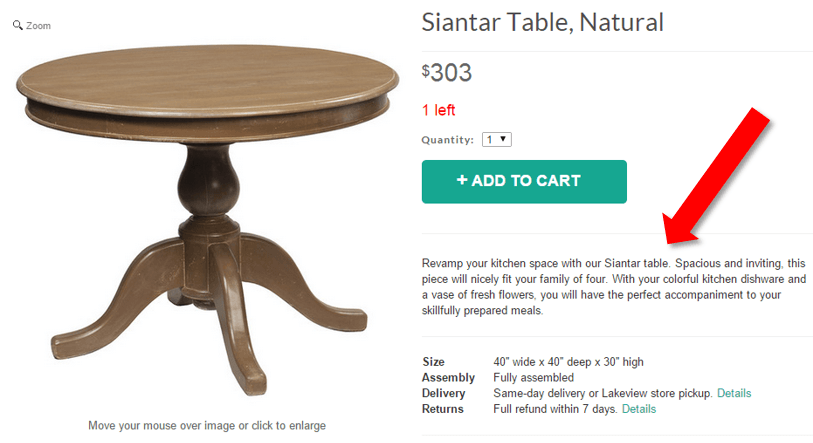

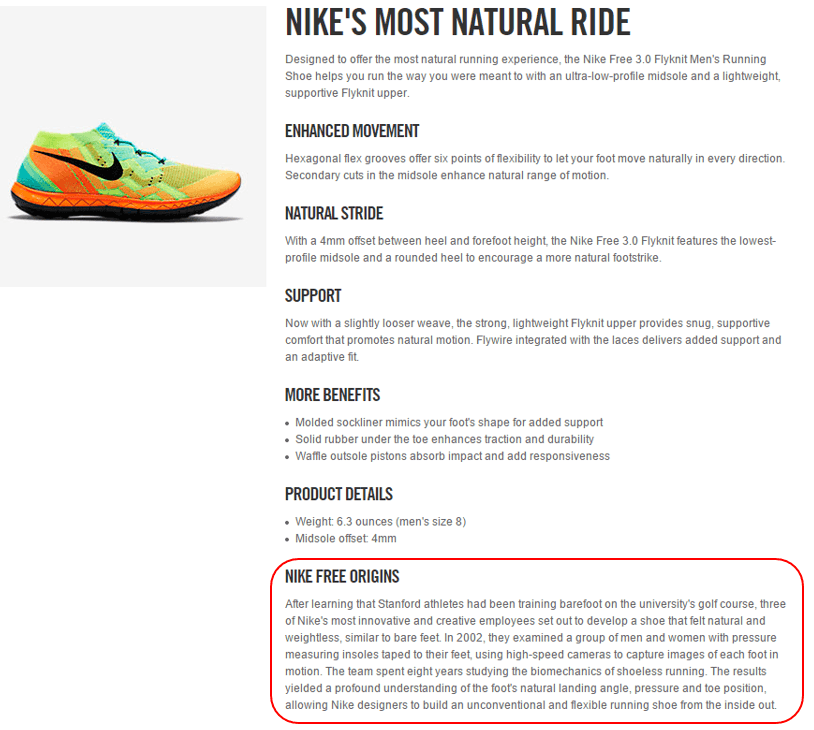
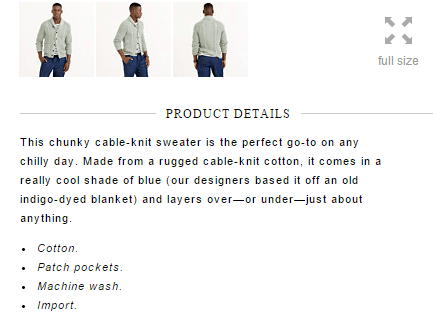
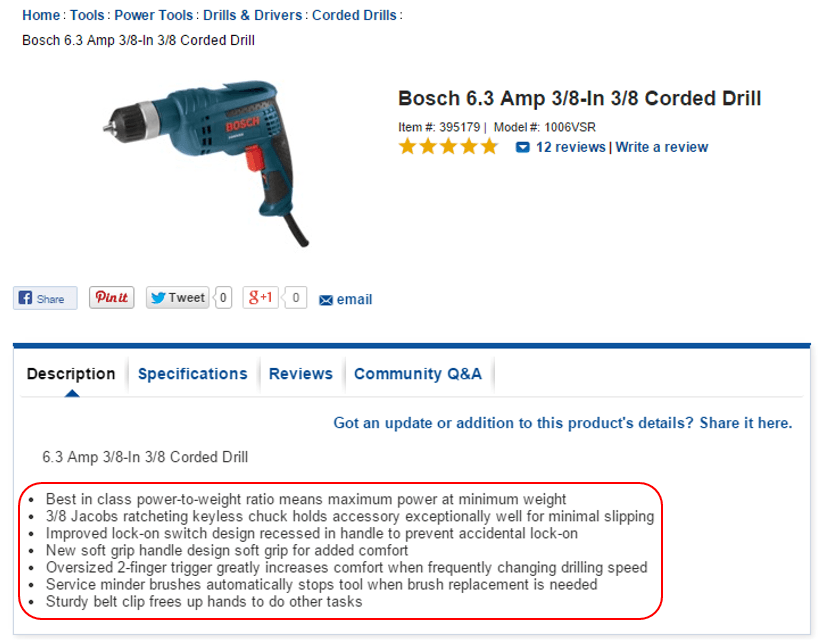

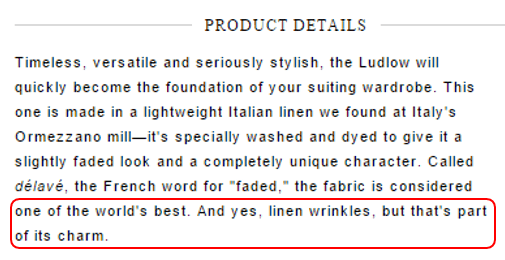
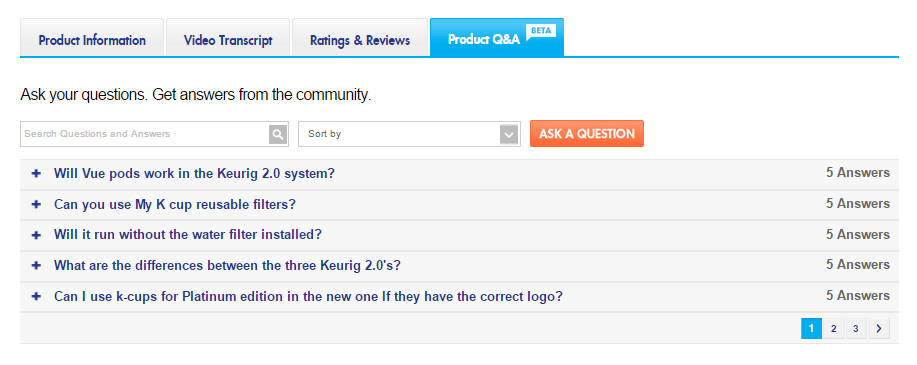
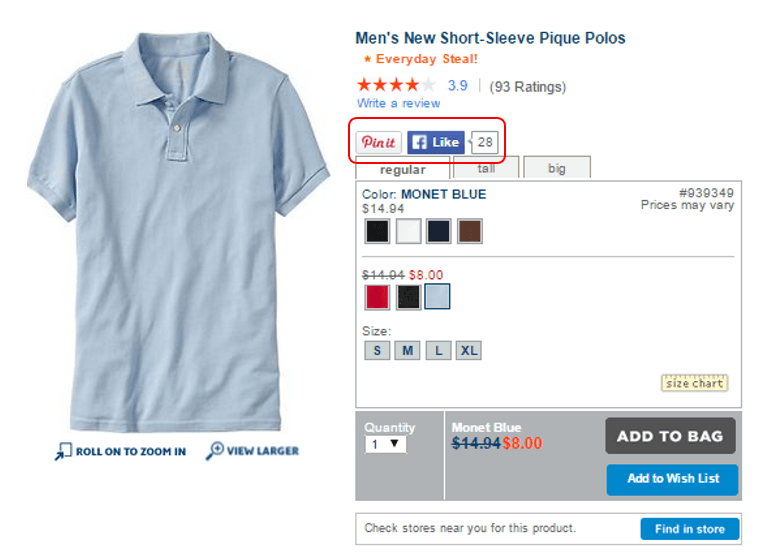




Hi Zack
Great Article!
I really need your help in writing a product description for new product survey. I have a real dilemma with my partners in the direction we should go.
From reading many articles about this, you are the best in my opinion.
I have never conducted a survey before but I think you’ve nailed it.